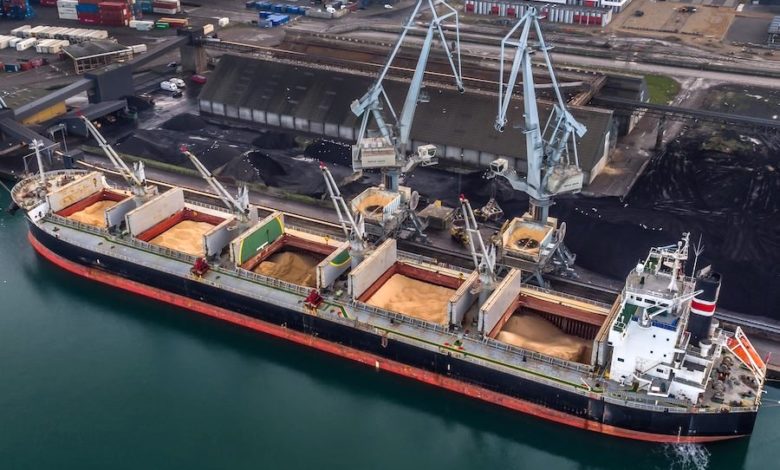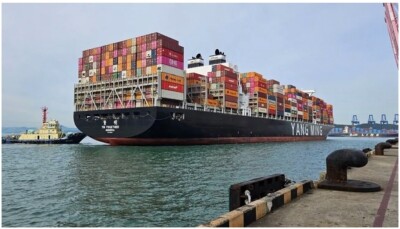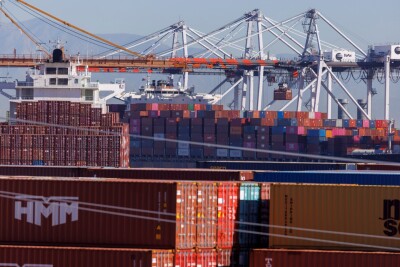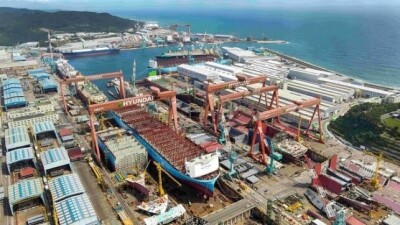Vận tải hàng hóa: Sự kết hợp giữa khoa học và nghệ thuật
05/08/2025

Willem Vermaat, shipping director at Heidelberg Materials Trading, shares his perspective on the intricacies of dry bulk shipping.
What is the challenge in calculating freight? It’s not rocket science, is it? Or is it perhaps a form of art?
Fundamentally, freight is a simple equation; total expenses divided by cargo intake gives freight per metric ton. However, if it were that simple, anybody could do it, or perhaps AI would take over. In the meantime, we believe we are the artists, the only ones capable of understanding and interpreting the complexities involved and producing something magical, the freight rate. We cover the equation in secrecy when speaking to non-shipping people; we use our secret codewords, FFAs, stowage factors, ton-miles, fuel consumption, SHINC/SHEX, and maybe the best one to silence a crowd: geopolitical developments.
A vessel’s cargo intake is subject to physical constraints. The vessel’s particulars, the cargo’s stowage factor, and the prevailing restrictions in ports, like available draft, LOA, and density, will provide an estimated intake. Additionally, constants and bunkers onboard must be considered. Of course, the master will calculate something less optimistic, but that’s under the guise of safety and stability and a whole different topic.
Total expenses can be categorised into a vessel’s daily value and voyage expenses. Components such as voyage duration, fuel consumption, DAs, insurance, surveyor fees, and other miscellaneous costs are readily available or relatively easy to calculate. Software tools can provide restrictions and DAs for virtually all ports and cargoes, and make the calculation process faster, more reliable, and less prone to errors from the worn-out Excel sheets that have been passed on through generations.
Where it gets more exciting is determining the vessel’s daily value. Whereas it is a science to ascertain various parameters, like physical restrictions and involved expenses. The process of determining a vessel’s daily market value is more abstract.
It is during this process that the trader’s subjectivity starts playing a significant role. Factors such as market sentiment, vessel positioning, FFA and bunker curves, weather conditions, congestion, and seasonality must be considered. Traders often rely on their sense of timing, intuition, experience, and a bit of gut feeling to arrive at a highly nuanced and personalised freight rate, or let’s get a bit more exotic and call the result… a piece of art.
Ông Willem Vermaat, Giám đốc Vận tải biển tại Heidelberg Materials Trading, đã chia sẻ những hiểu biết sâu sắc về sự phức tạp của vận chuyển hàng rời.
Vậy đâu là thách thức trong việc tính toán cước phí vận chuyển? Liệu đó có phải là một điều gì đó quá cao siêu, hay có lẽ, nó lại là một hình thức nghệ thuật?
Về cơ bản, cước phí là phép tính đơn giản: tổng chi phí chia cho lượng hàng hóa. Nhưng nếu dễ dàng vậy, AI đã thay thế con người. Chúng tôi tin mình là những "nghệ sĩ", người duy nhất có khả năng thấu hiểu và tạo ra mức cước phí kỳ diệu. Khi giao tiếp với người ngoài ngành, chúng tôi dùng mật mã như FFAs, hệ số sắp xếp, tấn-dặm, tiêu thụ nhiên liệu, SHINC/SHEX, và đôi khi, các diễn biến địa chính trị để giữ bí mật.
Lượng hàng hóa một tàu chở bị giới hạn bởi các ràng buộc vật lý như thông số tàu, hệ số sắp xếp hàng hóa, và hạn chế cảng (mớn nước, LOA, mật độ). Ngoài ra, cần tính đến hàng hóa không thay đổi và nhiên liệu trên tàu. Thuyền trưởng sẽ tính toán ít lạc quan hơn, nhưng đó là vì an toàn và ổn định.
Tổng chi phí gồm giá trị hàng ngày của tàu và chi phí chuyến đi. Các yếu tố như thời gian, nhiên liệu, phí cảng (DAs), bảo hiểm, phí giám định, v.v., đều dễ tính toán. Phần mềm hiện đại giúp việc tính toán nhanh, đáng tin cậy và ít sai sót hơn so với các bảng Excel cũ kỹ.
Điểm thú vị hơn nằm ở việc xác định giá trị hàng ngày của tàu. Trong khi việc xác định các tham số như hạn chế vật lý và các chi phí liên quan là một môn khoa học, thì quá trình định giá thị trường hàng ngày của một con tàu lại trừu tượng hơn nhiều.
Chính tại đây, tính chủ quan của nhà giao dịch phát huy vai trò quan trọng. Các yếu tố như tâm lý thị trường, vị trí tàu, đường cong FFA và giá nhiên liệu, điều kiện thời tiết, tắc nghẽn và tính thời vụ đều được xem xét. Nhà giao dịch thường dựa vào trực giác, kinh nghiệm và cảm tính để đưa ra một mức cước phí tinh tế và cá nhân hóa – một tác phẩm nghệ thuật.
Hồng Phúc
Nguồn: splash247
Tin mới

















